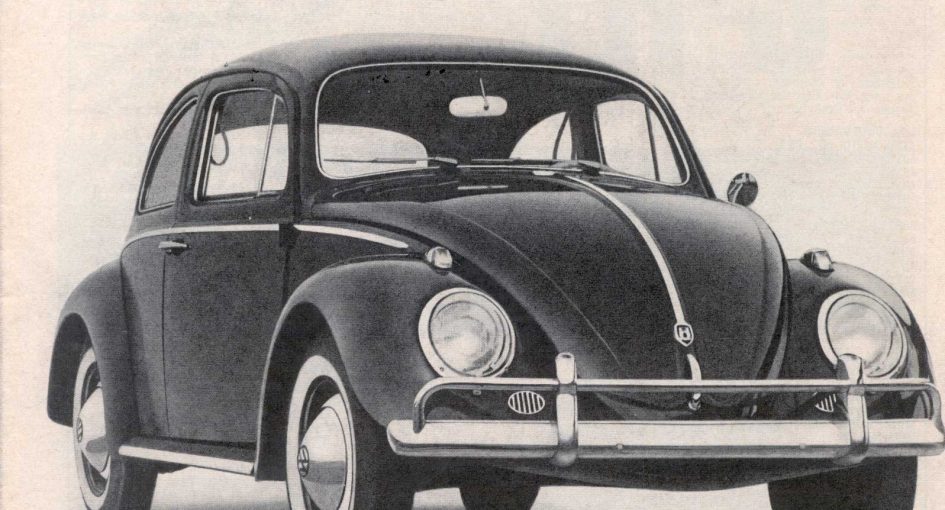
We often discuss current issues on this blog, but it’s important to remember our roots. Sometimes when you look back at history, it can inspire ideas for the future. At the very least, you’ll learn something. This week, we’ll cover the 1960s.
With about 50% of the US population under the age of 25 due to the baby boom of the 1950s, a swell of young people in their teens and early twenties took to protesting issues like consumerism, materialism, and capitalism.
Conventional styles of advertising were thrown out the window and replaced with new forms of advertising, exemplified by humor, irony, and irreverance. Advertising was at times reprimanded for promoting materialism and attempting to deceit its consumers – using actors, who posed as doctors and lawyers to make serious claims about the health benefits of smoking cigarettes. These advertisers constantly dodged bullets, escaping government regulations and taxation.
In previous years, youth were looked at as undesirable targets, but now things took a turn. Advertisers wanted nothing more than to connect with that young market, especially since they were the ones that had the issues with materialism and conformism. Now, advertisers had to dig deep into their creativity and come up with clever ways to connect with their audience, who disdained the elitist approach of the past and embraced creativity.
One of the most famous advertising campaigns to embody this simplicity and irony was that of Doyle Dane Bernbach. To promote Volkswagen’s Beetle, they capitalized on negative perceptions with headlines like “Think Small” and “Lemon”, turning the negatives into a positive with some of the most brilliant ad copy ever written.
Other advertisers began using characters to promote products – Ronald McDonald, the Pillsbury Doughboy and Speedy for Alka-Seltzer, to name a few. But the clever “Lemons” and “We Try Harders” of the day were clearly more creative and iconic.
This creative revolution was advertising’s coming of age — many famous Mad Men and Women changed the way Madison Avenue functioned. Mary Wells Lawrence, one of the most influential women in advertising, became the youngest person ever inducted into the Copywriters’ Hall of Fame. David Ogilvy published his first book, “Confessions of an Advertising Man,” which sold 1 million copies that year.
The humor and lightheartedness that we see from this decade were only part of the advertising equation. The volatile socio-political atmosphere set the stage for one of the most powerful presidential campaigns of all time, captured perfectly in this famous LBJ “Daisy” ad, another DDB creation:
While the ad only aired once, it is often cited as a contributing factor to Lyndon Johnson’s landslide victory over Goldwater in 1964. Proof that advertising in the 1960s was very influential indeed.
tperkins
17 Oct, 2013 - 03:25 amJohnny Smoke was an early animated anti-smoking ad from the 1960s. Probably effective in its first couple of viewings by pre-teens.
http://hidden1960s.wordpress.com/2013/10/08/johnny-smoke/